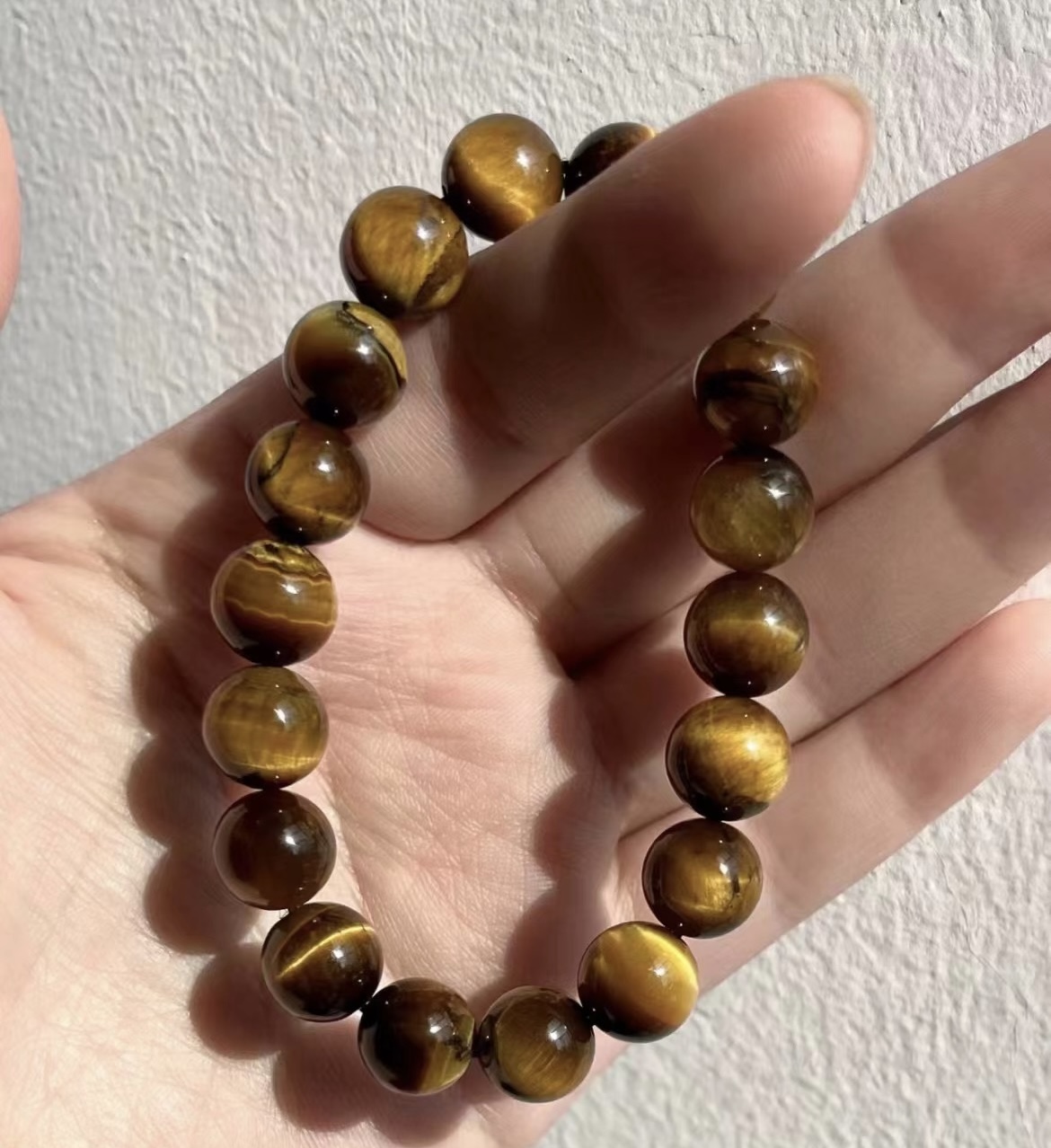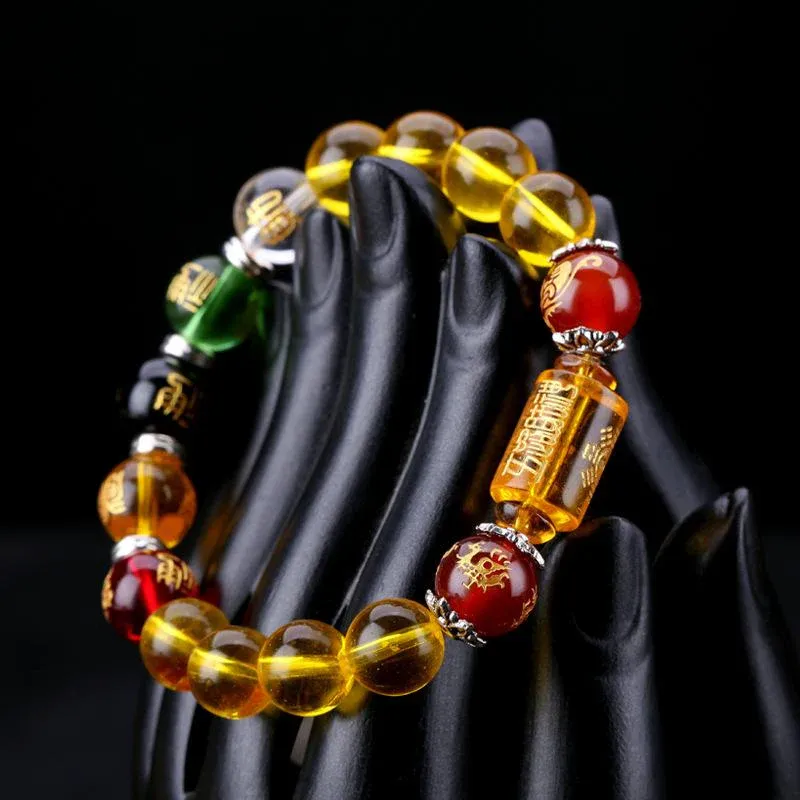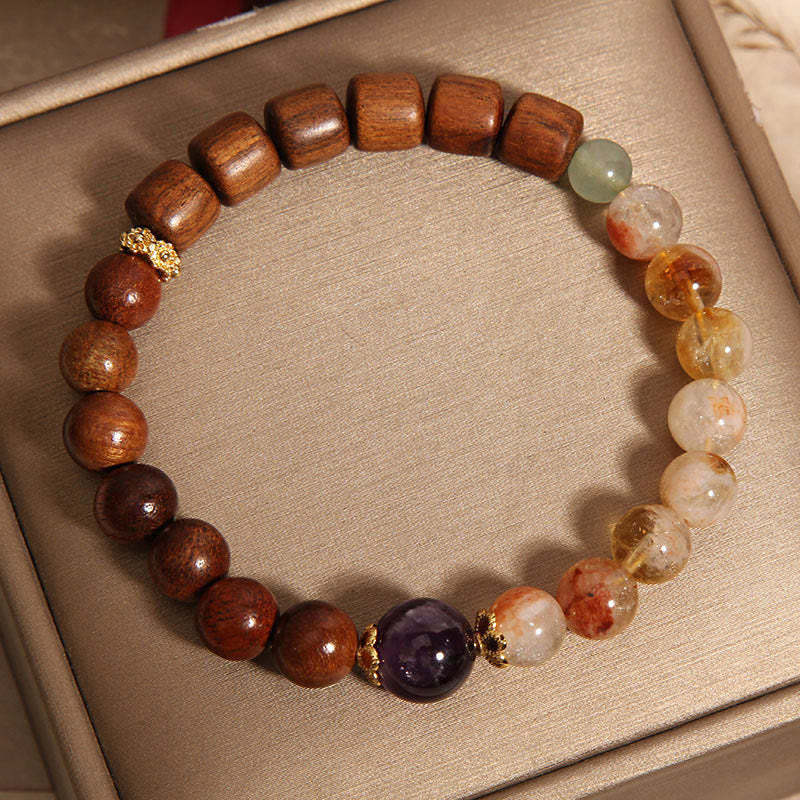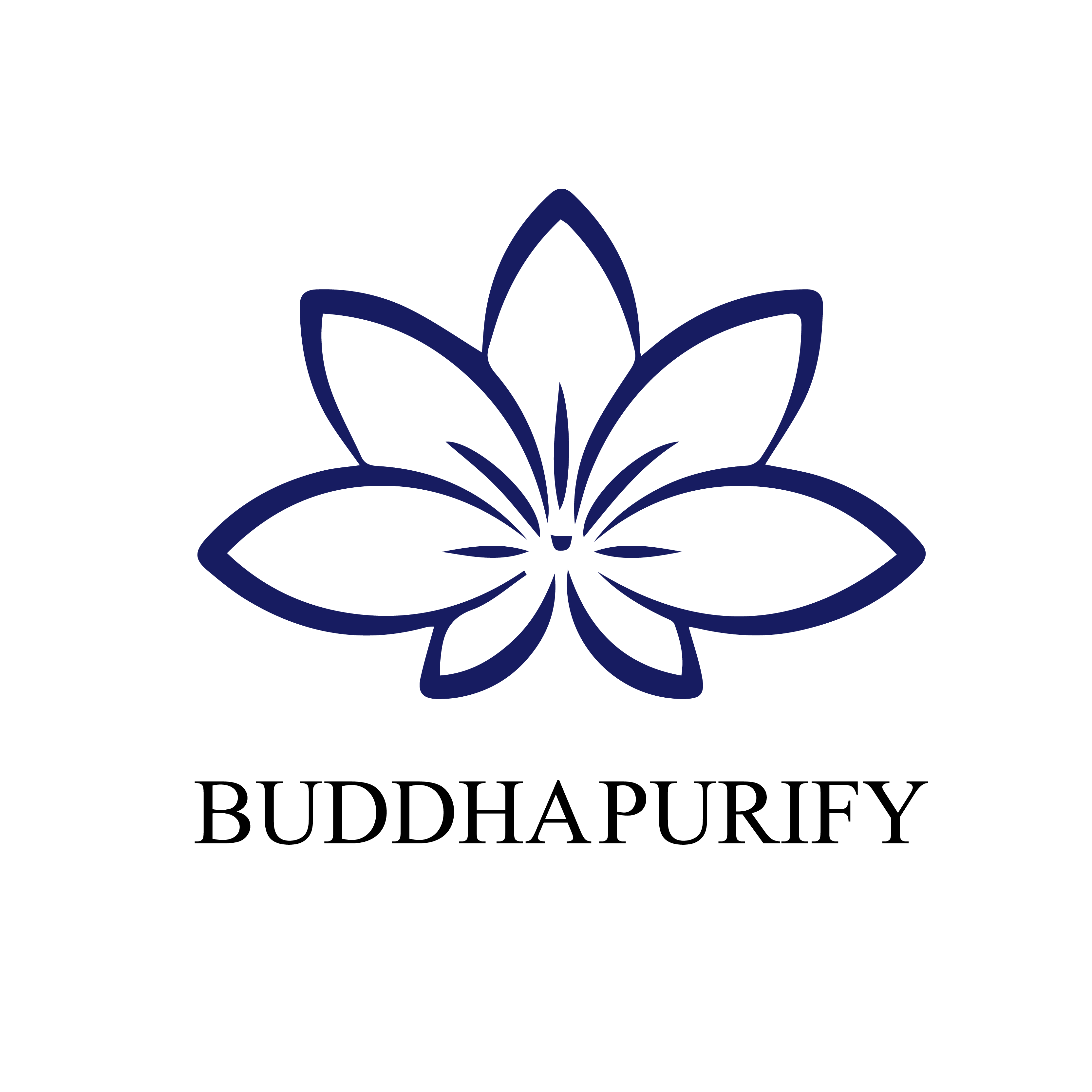Learn About 25 Types of Jade 16-20
Learn About 25 Types of Jade
Today, let's learn about the sixteenth to twentieth types of jade.
Jade has four standards:
- A certain hardness
- Beautiful colors, either monochrome or multicolored
- Smooth and lustrous appearance
- Ranges from opaque to translucent (semi-transparent or transparent)
Generally, jade is divided into two categories: narrowly defined jade and broadly defined jade. In a narrow sense, jade consists of two types: hard jade and soft jade, where hard jade is mainly represented by jadeite, and soft jade by Hetian jade. In a broader sense, jade includes not only soft and hard jade but also stones like Dushan jade, Xiuyu jade, as well as other stones such as crystal, agate, turquoise, lapis lazuli, and more. In summary, any beautiful, lustrous stone that serves a purpose in our material, economic, or daily life can be called jade.
16. Qinghai Jade
Qinghai jade, also known as Wulan jade, is often mistaken for Dushan jade or jadeite. However, upon closer inspection, it has noticeable differences from both. First, unlike Dushan jade, Qinghai jade has only green and white colors without the multitude of hues found in Dushan jade. Secondly, it differs from jadeite in that it lacks the glassy luster after polishing. Instead, Qinghai jade has a strong oily texture, poor luster, and a coarse, grainy feel, making it easy to distinguish from jadeite.
Qinghai jade was discovered in 1981 in Wulan, Qinghai Province. It is generally opaque to slightly translucent, with a hardness of 6 to 7 and a density of 3.5. It has a poor compactness, a granular structure, and a strong grainy feel, with an oily luster. The colors are mainly white and green. Due to its poor luster and coarse grains, it is considered a mid to low-grade jade material. When researching jade, you may find that this jade is often classified as a type of grossularite. When struck, Qinghai jade emits a dull sound, unlike the crisp ring of higher-quality jade. Its green color comes from chromium, but unlike natural jadeite, the green of Qinghai jade seems attached or embedded in the white base, not blended with it. This makes it easily distinguishable from jadeite under a filter or with careful observation.
17. Honey Wax Yellow Jade
Honey wax yellow jade should not be confused with the highly valuable Hetian yellow jade, which is very rare and often more precious than sheep-fat white jade.
The honey wax yellow jade discussed here gets its name from its yellow color, resembling beeswax. It is composed of dolomitic marble and was discovered in the Xinjiang region of China in the 1980s. Initially, this stone was used as building material for paving roads, but it was later recognized as suitable for jade carving.
Honey wax yellow jade has a hardness of 3.5 to 4, and a density of 2.6 to 2.9. It has a fine-grained structure and is opaque to slightly translucent, with a waxy luster when polished. It typically appears in light yellow, yellow, or pale yellow colors. Due to its large reserves, honey wax yellow jade is relatively inexpensive. After its discovery in Xinjiang, it began to be carved into various art pieces and sold to regions like Hong Kong and Southeast Asia.
18. Henan Xixia Jade
Henan Xixia jade is commonly seen in the jade markets of Zhenping County. Some sellers may claim it is Xinjiang jade or Gobi jade, but this type of jade actually comes from Henan Province. It is sometimes misrepresented as Hetian jade due to its white or milky-white appearance.
Xixia jade has a hardness of 3 to 5, and it can scratch glass, which makes it similar to Hetian jade in some ways. Xixia jade typically has yellow, red, or brown stone skins, making it easy to mistake for Hetian seed jade. The main component of Xixia jade is serpentine, and its hardness ranges from 3 to 5 with a density of 2.7. It has a tough, fine texture and an oily or glassy luster. The jade is usually milky white, with yellow or red skins. However, Xixia jade can be distinguished from Hetian jade by its overly uniform skin color and its inferior transparency when held up to light.
19. Kava Stone
Kava stone is very inexpensive and is often used to imitate white jade. It poses a deceptive challenge for buyers due to its similarities with jade, but it is much softer and less dense.
Kava stone, also known as Kanwa stone, is indeed produced in Xinjiang, but it is not Xinjiang’s famous white jade. Its main components are similar to serpentine, and it is sometimes referred to as the "Xinjiang Xiuyu jade." Kava stone has a low hardness and coarse texture, making it much softer than real jade. Its low density makes it feel very light in hand. When buying jade, sellers may try to pass it off as other types of jade such as Kunlun jade or Qinghai jade. However, you can test Kava stone by scratching it with a knife, as it is very easy to scratch. It also has a bright, dry white appearance that lacks the smooth, lustrous feel of real jade.
20. Purple-Robed Jade
Purple-robed jade, also known as purple jade or color jade, can be found in jade markets in the form of Buddha or Guanyin statues, as well as the 12 zodiac signs. It is quite inexpensive and easy to recognize due to its distinctive colors.
This jade is predominantly purple, with white, yellow, or brown bands. It is often given auspicious meanings due to its purple color, symbolizing good fortune and favor in Chinese culture. Purple-robed jade is mainly found in Guizhou Province, China. It has a hardness of 3 to 3.5 and belongs to the gemstone jade category. Its vibrant colors and fine texture make it visually appealing and historically, it was even used as tribute for the royal family. The "Nine-Layer Pagoda" sculpture, made from purple-robed jade, is a famous example and is currently displayed in the Great Hall of the People in China.
Brand Introduction: BuddhaPurify
BuddhaPurify is a brand deeply rooted in the rich heritage of Chinese traditional culture and Buddhist practices. Our mission is to offer a unique blend of ancient wisdom and modern elegance through our products, which are designed to enhance spiritual well-being, personal growth, and holistic health.
Foundation and Philosophy
Inspired by the timeless teachings of Buddhism and the profound traditions of Chinese culture, BuddhaPurify is dedicated to providing products that reflect the serene and enlightened aspects of these ancient philosophies. Our brand is built on the principles of mindfulness, purity, and spiritual harmony, aiming to bring balance and tranquility to our customers' lives.
Cultural Enrichment
We believe in the power of cultural enrichment and strive to educate and inspire our customers through the stories and meanings behind our products. Our brand seeks to bridge the gap between traditional spiritual practices and contemporary life, offering products that resonate with both ancient wisdom and modern sensibilities.
Conclusion
BuddhaPurify is more than just a brand; it is a journey into the heart of Chinese traditional culture and Buddhist spirituality. Through our thoughtfully curated products, we aim to support your quest for inner peace, spiritual growth, and a balanced life. Explore our collection and experience the harmonious blend of tradition and tranquility that defines BuddhaPurify.





